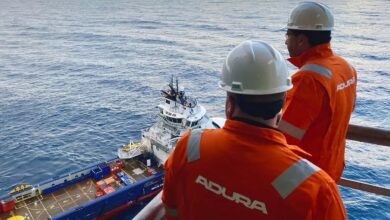Weatherford announces organizational change
Weatherford has announced that Christoph Bausch will step down as Executive Vice President and Chief Financial Officer effective 14 November 2019 to pursue other opportunities. He will remain with the company through 30 November 2019 to transition his responsibilities.
“On behalf of the Board of Directors and the management team, we are grateful to Mr Bausch for his hard work and leadership, which strengthened the company’s focus on financial discipline, cash flow generation, and improved cost efficiencies,” Mark McCollum, President and Chief Executive Officer for Weatherford, said. “His tireless efforts in these areas, as well as many others, served employees and stakeholders well. We will continue to build upon these principles, and I am confident that our talented management team will be able to support us through this transition.”
Stuart Fraser, Vice President and Chief Accounting Officer, will serve as the interim Chief Financial Officer from 14 November 2019 until 6 January 2020, when the new Chief Financial Officer will begin. Mr Fraser joined Weatherford in 2015 and has served in various senior financial roles, including Vice President and Corporate Controller and Vice President of Finance and Purchasing, Sourcing and Logistics. Prior to joining Weatherford, Mr Fraser served a 19-year career with Schlumberger, where he held senior financial positions in global and regional capacities in the US, France, Angola, Malaysia, and Indonesia across a number of business segments covering operations, internal audit, taxation, supply chain, and transformation. Mr Fraser is a Chartered Accountant and holds a Bachelor of Business degree from the Edith Cowan University in Australia.




